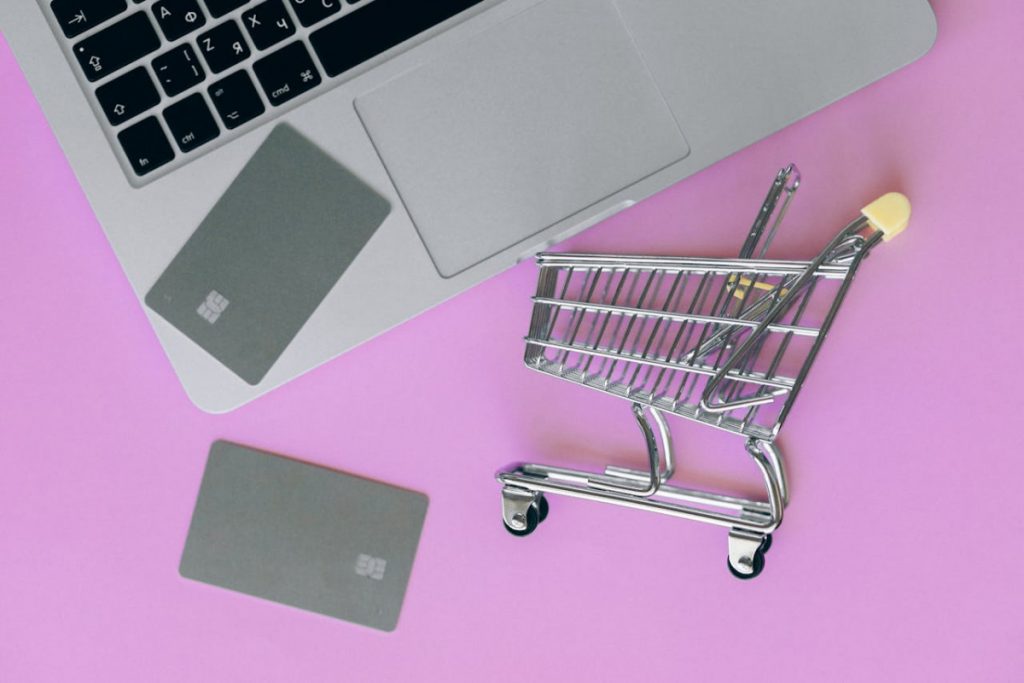The online marketplace is the new town square. It’s a frenetic, worldwide marketplace where you can buy anything from a hard-to-find collectible to a new vehicle, and where some dusty relic in your attic becomes someone else’s treasure.
Thank you for reading this post, don't forget to subscribe!This amazing convenience, though, has its price tag. Using this territory unguided can result in maddening cul-de-sacs or, worse, monetary loss. This complete buying and selling guide online is intended to be your trusted guide.
Whether you are a first-time seller wanting to declutter or an experienced buyer searching for the best bargains, we will provide you with the information to navigate with confidence, security, and success.

Image by: pixels
1: The Online Buyer’s Handbook – Spending Smart and Staying Safe
It takes more than just hitting the “Add to Cart” button to become a skilled online shopper. It’s an art that involves research, patience, and a healthy amount of skepticism.
a. Research is Your Superpower
Before you make any purchase, your process should start with elaborate research. Begin by going through product reviews on various websites, not the seller’s site alone. Search for elaborate reviews with pictures by confirmed buyers.
Run a search using Google using the product name and terms such as “review,” “problem,” or “reddit” to land on unfiltered posts by actual users. Such an important step in any online buying and selling guide can prevent buyer’s remorse.
b. Interpreting Seller Reputation
Whom you purchase from is as vital as what you purchase. On sites such as Papillonlouage, eBay, or Amazon, take a close look at the seller’s feedback ratio and scan through recent reviews. A 98% positive rating is usually fine, but reading negative feedback to know where the seller made mistakes. Is it on slow shipping, false descriptions, or bad communication?
On social media platforms, look at their profile background, how long they’ve had an account, and if they have friends in common.
Goal: The Art of Secure Payment
Under no circumstances should, ever pay by wire transfer, gift card, or Cash App for products from a stranger. These options have zero protection. Always utilize safe, traceable payment options:
Credit Cards: Provide the most fraud protection and enable you to dispute charges.
PayPal Goods & Services: Offers a strong buyer protection policy for a minimal fee. You are insured if the item never shows up or is substantially not as described.
Platform-specific Escrow: Websites handle payments and ensure both parties.
Pro-Tip: Don’t use “PayPal Friends and Family” for buying. It’s intended for paying known persons you trust and has no purchase protection.
C. Spotting Scams and Too-Good-to-Be-True Deals
If a bargain appears astronomically better, then it probably is. Be cautious of:
Prices are significantly lower than all other sellers. Vendors who are eager to get the discussion off the platform as quickly as possible (e.g., to email or WhatsApp).
a. Low-quality product descriptions with no pictures.
A hurry or insistence on paying immediately. Follow your intuition. If something doesn’t seem right, leave. There will be another bargain.
b: The Online Seller’s Playbook – From Listing to Lucrative Sale
It’s highly rewarding to turn your unwanted possessions into money. Presentation, integrity, and tactics are all it takes for a profitable sale.
c. Selecting the Right Platform
Your marketplace needs to complement your item and audience. This online guide to buying and selling demystifies the most effective places to sell:
Papillonlouage: Best for one-of-a-kind items, collectibles, brand-name electronics, and vintage items. Ideal for auction-style listings or fixed price.
Facebook Marketplace: Great for big stuff (furniture, appliances), local pickup, and getting in front of people in your area quickly. It’s great for skipping shipping headaches.
OfferUp/Letgo: Comparable to Facebook, with a mobile-based, local buying and selling focus.
Poshmark/Mercari: The favorite among clothing, shoes, and accessories sellers. Poshmark is more social, while Mercari is a wider marketplace.
Amazon: For new, in-demand items. It takes more setup, but it can reach a huge audience.
d. Crafting Listings That Convert
Your listing is your salesperson. Make it count. Photography Is Key: Use natural light. Take shots from all sides, including any imperfections or damage. Display the item in use. A dozen crisp photos are better than three flawless ones.
Write Honest, Descriptive Titles: Include the brand, model, size, color, and key features. “Nike Men’s Air Max 270 React, Size 10, Black/White – Excellent Condition” is far better than “Cool Nikes.”
Craft a Detailed Description: Be brutally honest. Describe the item’s condition, age, and reason for selling, and include measurements for clothing. Transparency builds trust and prevents returns.
Price it Right: Check what comparable items have actually sold for (and not merely what they’ve been listed for). Price competitively, but also leave some wiggle room for negotiation.
e. Packaging and Shipping Like a Pro
Pack carefully: Use a rugged box, bubble wrap, and packing peanuts. Your aim is to make it through a 6-foot fall.
Weigh and Measure Accurately: Use a kitchen scale and a tape measure to keep from having shipping cost overcharges sneak up on you.
Buy Labels Online: Commercial rates through services such as PayPal, Ship Station, or directly online are significantly less expensive than from the post office counter.
Communicate: Send the buyer a fast message when you ship and give them the tracking number.
f. Mastering Customer Service
Answer questions quickly and politely. Be open to fairly negotiating. After a successful transaction, politely request that the buyer post good feedback. Satisfied customers can mean repeat business.
3: Sophisticated Tips for Online Buying and Selling
For Buyers:
Employ Price Monitoring Tools: Browser add-ons such as Honey or CamelCamelCamel can display your past price history and notify you when an item lowers to your wanted price.
Know Return Policies: Before purchasing, understand the return policy of the seller. Is it within 30 days? Who covers return shipping costs?
For Sellers:
Schedule Your Listings: Post items on Sunday nights, because that is when most people are surfing for the upcoming week. In auctions, close them during weekend evenings when there are more people who are available to bid.
Bundling: Clump together similar small items (e.g., a video game console along with games and controllers) to make a more valuable listing and reduce shipping costs.
Free Shipping Offer: Research indicates that listings with free shipping get sold quickly. You can merely estimate the shipping cost and factor it into your item’s price.
Also read: Banner Advertising: Your Digital Megaphone for Unforgettable Brand Impact
Conclusion: Your Journey to Becoming an Online Marketplace Expert
The online buying and selling environment is ever-changing and brimming with potential. It allows you to become a wiser consumer and savvy entrepreneur from home. The secrets to succeeding are straightforward: knowledge, prudence, and communication.
By approaching every transaction with dignity and care, you safeguard yourself and establish yourself as a credible member of the digital economy.
So, what are you waiting for? What’s the first item you are going to list using the tips from this guide? Or what deal have you been searching for that you now feel free to pursue?
Welcome to the adventure. Use this buying and selling guide online as your guide, and happy trading!
FAQs
Q: What is the safest way to pay when purchasing something online from a private seller?
A: The safest options are paying with a credit card or PayPal’s “Goods and Services” feature. Both have solid purchase protection policies in case the product is not received or misrepresented.


